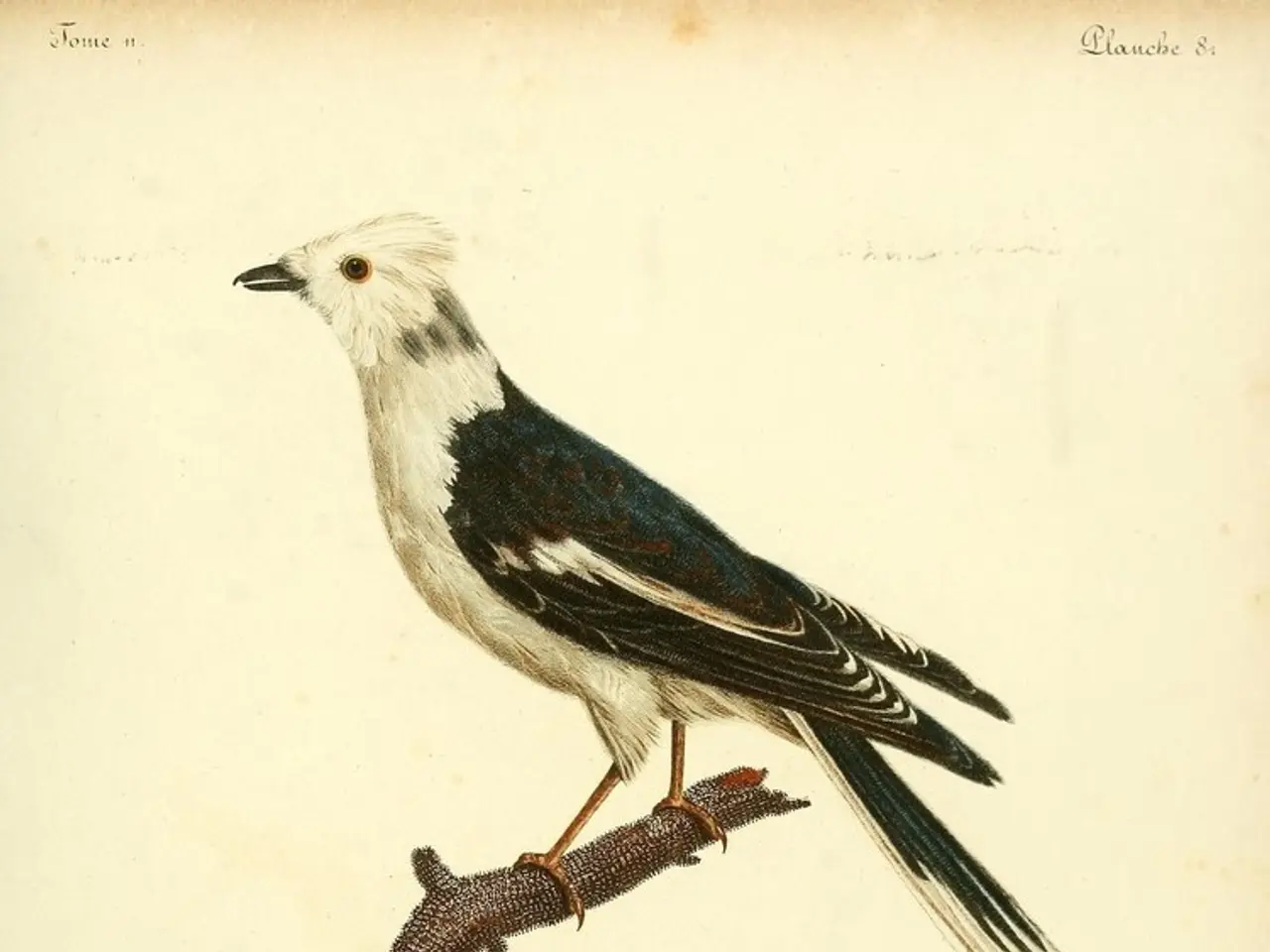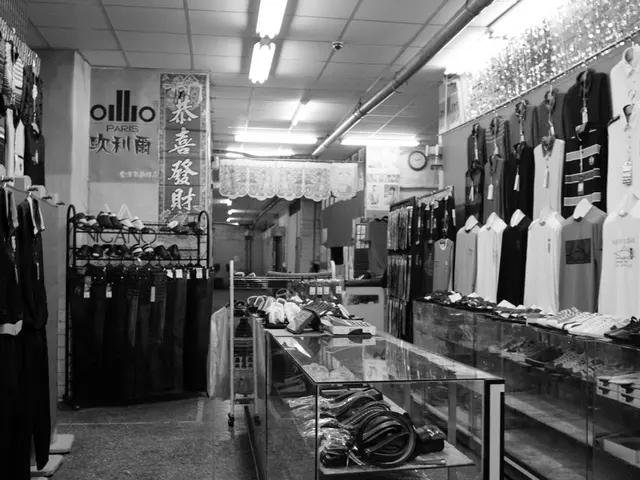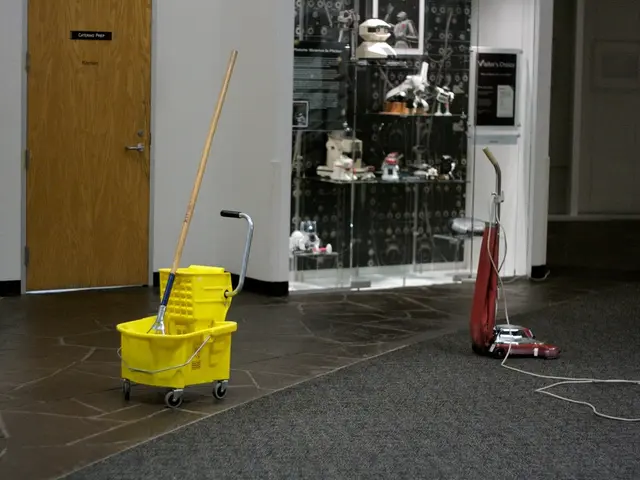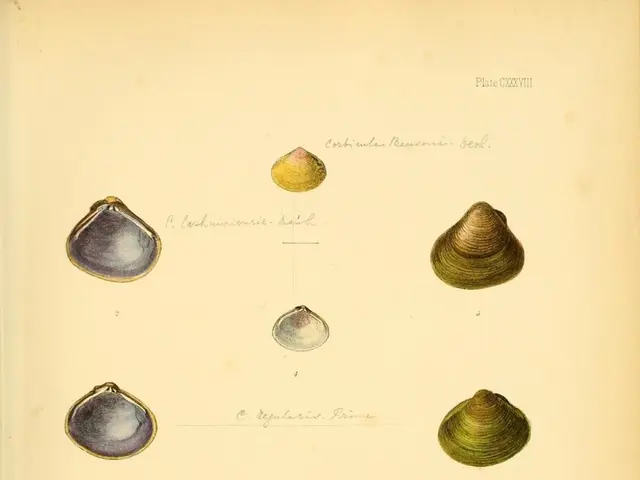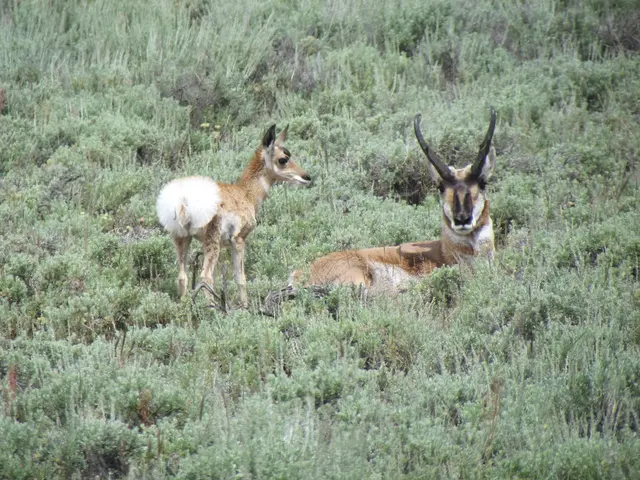Impact of Birds on a Garden: Aid or Hindrance?
In the quest to create a thriving and diverse garden, the addition of birds and bees can significantly boost productivity and overall ecological balance. These tiny creatures play pivotal roles in pollination and natural pest control, contributing to a healthier and more resilient garden ecosystem.
Bees, including native solitary bees and the European honeybee, are instrumental in transferring pollen from one flower to another, which is essential for the reproduction of many plants. This process leads to increased fruit and seed production, resulting in more abundant harvests of fruits, vegetables, and flowers. Pollinators also promote cross-pollination, which can create new, more resilient plant varieties, enhancing garden diversity and health.
Birds, on the other hand, contribute by pollinating certain plants, controlling insect populations, and adding to the biodiversity in the garden ecosystem. They help create a balanced, natural environment by feeding on pests that can damage plants. Gardens designed to attract birds become lively and dynamic spaces, benefiting from the natural pest control and pollination birds provide.
To attract these beneficial creatures, various birdhouses and bee houses are available for purchase. These structures serve as safe havens for birds and bees, providing them with shelter, nesting sites, and food sources.
For bees, bee houses (bee hotels) are designed primarily for solitary native bees like mason bees. They offer safe nesting sites to encourage more pollinators in your garden. Bee houses typically consist of small tubes or tunnels where bees can lay their eggs. Placing these near flowering plants can increase pollination and overall garden productivity.
For birds, birdhouses catering to the species native to your region are essential. These houses offer shelter and nesting sites, encouraging birds to visit and stay in your garden. For best results, use birdhouses appropriate in size and design for your target bird species, install them in safe, shaded locations, and maintain them regularly to keep the birds healthy and comfortable.
Among the products available are a wooden cottage bird feeder, a wooden butterfly house, a honeybee scatter garden, a wooden solitary bee house, a sparrow-resistant bluebird house, a wooden hopper bird feeder, a small wood duck house, a convertible winter roost & bird house, and more. Each product is designed to attract different species of birds and bees, ensuring that your garden welcomes a variety of these beneficial creatures.
For example, the sparrow-resistant bluebird house is designed to deter sparrows while attracting bluebirds, making it an ideal choice for those looking to encourage these beautiful songbirds in their garden. Similarly, the wooden hopper bird feeder offers an attractive food source for various bird species, while the wooden butterfly house attracts butterflies, adding a touch of beauty to your garden.
Incorporating features like water sources (birdbaths, fountains, or shallow containers with stones) can further attract and support birds and pollinators by providing drinking and bathing spots, enhancing their well-being and your garden’s overall ecosystem.
In summary, birds and bees enhance gardening by promoting pollination, natural pest control, and biodiversity. Bee houses and birdhouses are effective tools to attract and support these beneficial creatures in your garden, creating a thriving and vibrant garden ecosystem.
By investing in a sparrow-resistant bluebird house, you can encourage beautiful songbirds like bluebirds to inhabit your garden, contributing to the garden's pollination efforts and overall ecosystem. Additionally, bee houses designed for solitary native bees, such as mason bees, can increase pollination and garden productivity when placed near flowering plants.
